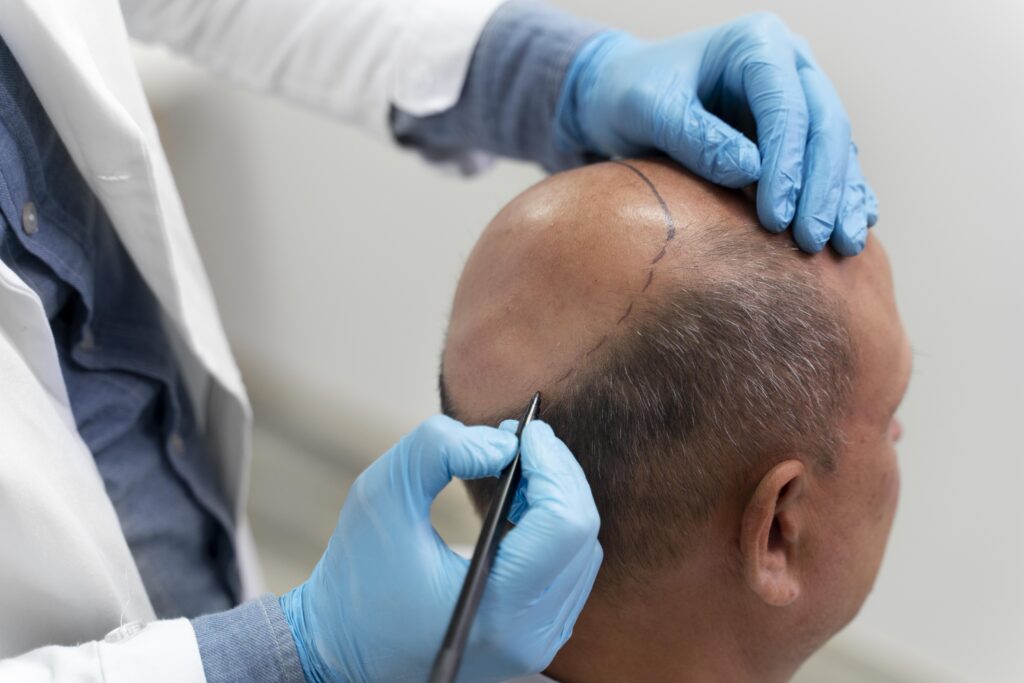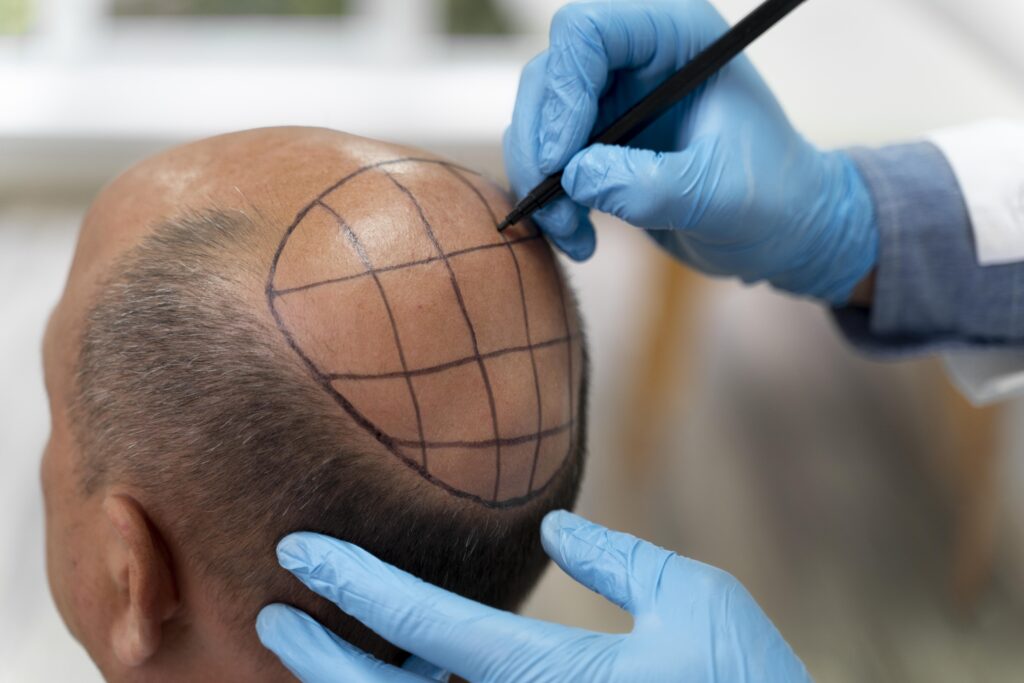Dear Friends, In today’s era, people’s tastes in eating and drinking have changed a lot. There is no time left when we can eat whatever we feel like.
Due to all these things, people are suffering from some kind of physical ailments. One of them is hair loss. Due to this, people are now getting hair transplants to give their hair a good look.
So today we know How To Sleep After A Hair Transplant

How to Sleep After a Hair Transplant: A Step-by-Step Guide.
After undergoing a hair transplant procedure, it’s crucial to take care of your newly transplanted hair follicles, especially during the initial healing period.
Proper sleep positioning is essential to avoid damaging the grafts and ensure a smooth recovery. Here’s a detailed guide on how to sleep after a hair transplant, including dos and don’ts for each stage of recovery.
Hair Transplant Days 0-10.
- Position: Sleep on your back with a pillow behind your head and a travel pillow around your neck.
- Purpose: This position keeps your head slightly elevated, reducing swelling and preventing your head from turning and potentially damaging the grafts.

Dos:
- Keep your head elevated.
- Use extra pillows if needed.
- Utilize a travel pillow to prevent turning at night.
Don’ts:
- Avoid tossing and turning excessively.
- Refrain from rubbing your head against the headboard.
- Avoid taking sleeping pills if possible, as they may cause disorientation and increase the risk of injury.
Hair Transplant Days 10-14:
- Position: You can start sleeping on your side but avoid placing direct pressure on the transplanted area.
- Purpose: Gradually transitioning to side sleeping while still being cautious not to disturb the grafts.

Dos:
- Continue using pillows for support.
- Be mindful of not placing pressure on the operated area.
Don’ts:
- Avoid sleeping directly on the transplanted area.
- Continue to avoid sleeping face down until at least day 14.
Hair Transplant Day 14 onwards:
- Position: You can sleep in any comfortable position.
- Purpose: By this time, most discomfort should have subsided, and the grafts should be more secure.
Dos:
- Ensure overall comfort while sleeping.
- Continue to avoid excessive pressure on the transplanted area.
Don’ts:
- Still, avoid applying too much pressure on the grafts.
Best Practices for Sleeping After a Hair Transplant:
Dos:
- Keep your head elevated, especially during the first 10 days.
- Use additional pillows for support if needed.
- Utilize a travel pillow to prevent turning during sleep.
Don’ts:
- Avoid excessive movement while trying to sleep.
- Refrain from rubbing your head against surfaces.
- Try to avoid taking sleeping pills to minimize the risk of injury.
Recovery Process:
Healing Timeline:
- Initial days involve bandaging, oozing, and inflammation, with scab formation.
- Itching may occur, but avoid scratching and allow scabs to fall off naturally.
- Inflammation should subside by week 2, with minimal discomfort expected by one month.
Hair Grafts Security:
By week 2, the hair grafts in the recipient area should be secure, reducing the risk of damage during sleep.

Additional Tips for Sleeping After a Hair Transplant.
01. Use a Silk Pillowcase: Consider using a silk pillowcase, which is gentler on the hair and scalp compared to cotton or other materials. This can help reduce friction and potential damage to the grafts while sleeping.
02. Avoid Tight Headwear: During the initial healing phase, avoid wearing tight headwear such as caps or hats while sleeping, as they can put pressure on the transplant area and disrupt the healing process.
03. Maintain a Cool Sleeping Environment: Keep your bedroom cool and well-ventilated to prevent excessive sweating, which can irritate the scalp and potentially affect the healing of the transplant area.
04. Stay Hydrated: Drink plenty of water throughout the day to stay hydrated, which can aid in overall healing and help prevent discomfort during sleep.
05. Practice Relaxation Techniques: If you’re having difficulty sleeping due to discomfort or anxiety about damaging the grafts, consider practicing relaxation techniques such as deep breathing or meditation before bedtime to promote relaxation and improve sleep quality.
06. Follow Post-Transplant Care Instructions: In addition to proper sleep positioning, adhere to all post-transplant care instructions provided by your surgeon.
This may include using prescribed medications, avoiding strenuous activities, and attending follow-up appointments.
07. Monitor Healing Progress: Keep track of your healing progress and any changes in the transplant area. If you notice any unusual symptoms or concerns, contact your surgeon for guidance.
Additional Post-Surgery Sleep Guidelines.
01. Maintain a Hygienic Sleep Environment: Ensure your sleeping environment is clean by using fresh bed sheets nightly. Before bedtime, follow your surgeon’s instructions for washing your scalp with the provided shampoos.
02. Prevent Scratching: Although scalp itching is common during recovery, refrain from scratching to avoid disrupting healing grafts. Use prescribed saline sprays, anti-itch creams, or antihistamines before bed to alleviate itching.
For severe discomfort, consider applying cold compresses or taking recommended pain medication.
03. Delay Sexual Activity for 2 Weeks: To safeguard healing grafts from sudden movements or friction, it’s advisable to abstain from sexual activity for the first two weeks post-surgery.
04. Avoid Sleep Medications: Steer clear of sleep aids during the recovery period, as they may increase the risk of sleepwalking, which could potentially result in abrupt movements and compromise healing.
05. Stay Hydrated: Drink ample water throughout the day to facilitate healing and minimize discomfort. Adequate hydration is essential for optimal recovery.

How To Sleep After A Hair Transplant
Important:- For personalized instructions and further guidance on post-transplant care, consult your surgeon or contact The Treatment Rooms London. Taking proper precautions during sleep and throughout the recovery process can significantly contribute to a successful outcome after a hair transplant.

1 thought on “How To Sleep After A Hair Transplant | Do And Donts”